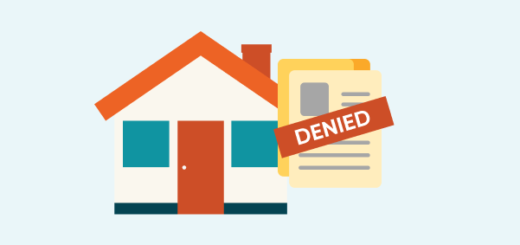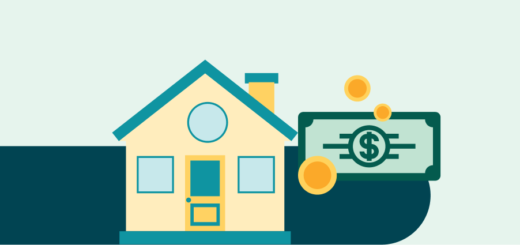What Is Service Line Coverage?
Our goal is to give you the tools and confidence you need to improve your finances. Although we receive compensation from our partner lenders, whom we will always identify, all opinions are our own. By refinancing your mortgage, total finance charges may be higher over the life of the loan.
Credible Operations, Inc. NMLS # 1681276, is referred to here as “Credible.”
Modern homes run with the help of many different utilities and service lines, such as sewer, water, cable, and electricity. Over time, these service lines on your property can suffer damage or break down.
But you might be surprised to learn that when that happens, the homeowner is typically responsible for the repair or replacement costs. Service line coverage can protect you from these unexpected costs and get your home running again.
Here’s what you need to know about service line coverage:
What is service line coverage?
Service line coverage is a type of insurance that covers the various utility lines connected to your home. You can purchase this coverage as an add-on, or rider, to your existing homeowners insurance policy.
Insurance carriers offer different coverage options, but service line coverage typically protects your:
- Buried power lines
- Water pipes
- Natural gas pipes
- Sewer lines
- Cable, internet, and fiber-optic lines
- Drains
- Fuel lines
- Steam pipes
- Sprinkler pipes
Service line policies can help with other related expenses, too, such as loss of use reimbursement if you’re unable to stay in your home until repairs are complete. If the excavation and repair process involves tearing up your driveway, landscaping, or other aspects of your property, your coverage will usually pay to repair those as well.
What does service line coverage protect me from?
If your covered service lines are damaged in a winter freeze, get blocked by tree roots, or simply deteriorate over time, this coverage can help with the cost of digging the lines up, repairing or replacing them, and putting your property back together.
Service line coverage protects against many things, including:
- Degradation and wear and tear
- Corrosion or rust
- Damage from trees and roots
- Insect and rodent damage
- Mechanical or electrical breakdowns
- Breaks caused by vehicles, such as cars driving over the lawn
- Weather-related damage, like winter freezes
If your main water line freezes and bursts in a winter storm, for example, you could face a serious repair. You may need to hire someone to dig up your yard with an excavator, replace the lines, and fill any trenches back in. This could include replacing any damaged landscaping or resetting a sidewalk that had to be dug up, as well. And in the meantime, you might have incurred expenses for a hotel stay for your family, since your home didn’t have running water.
Check Out: How to Estimate Your Home’s Replacement Cost Value
What kind of damage is not covered by service line coverage?
Service line coverage doesn’t protect against everything. The damages it doesn’t cover are known as exclusions. This commonly includes damages caused by:
- Septic systems
- Heating and cooling systems
- Fuel tanks
- Wires and pipes that travel through water
- Buried pipes or wires that aren’t connected or in use
It’s a good idea to ask your insurance agent exactly what is and isn’t covered before you purchase service line coverage.
How much does service line coverage cost?
The cost of service line coverage depends on many different factors, such as your location, insurance carrier, age of your home, and even the type of service lines you have on your property. However, adding service line protection to an existing homeowners insurance policy is relatively affordable, averaging around $20 per year on top of your standard premium, according to American Family Insurance.
The amount of coverage you can get also depends on your insurer and policy. It’s not uncommon to find service line coverage limits of up to $10,000 per incident. If you file a claim, you’ll typically need to pay a deductible before your coverage kicks in.
Say you’re facing an $8,000 gas line repair on your property. If you have service line coverage of up to $10,000 with a $500 deductible, you’ll only be responsible for the deductible. Since your policy limits exceed your repair costs, the carrier will cut you a check for the $7,500 difference.
Homeownership can be expensive, especially if you don’t have the proper insurance coverage. Protecting your home with service line coverage can offer you added peace of mind that your property is protected — above and below the surface.
Learn More: What Does Homeowners Insurance Cover?
Disclaimer: All insurance-related services are offered through Young Alfred.




